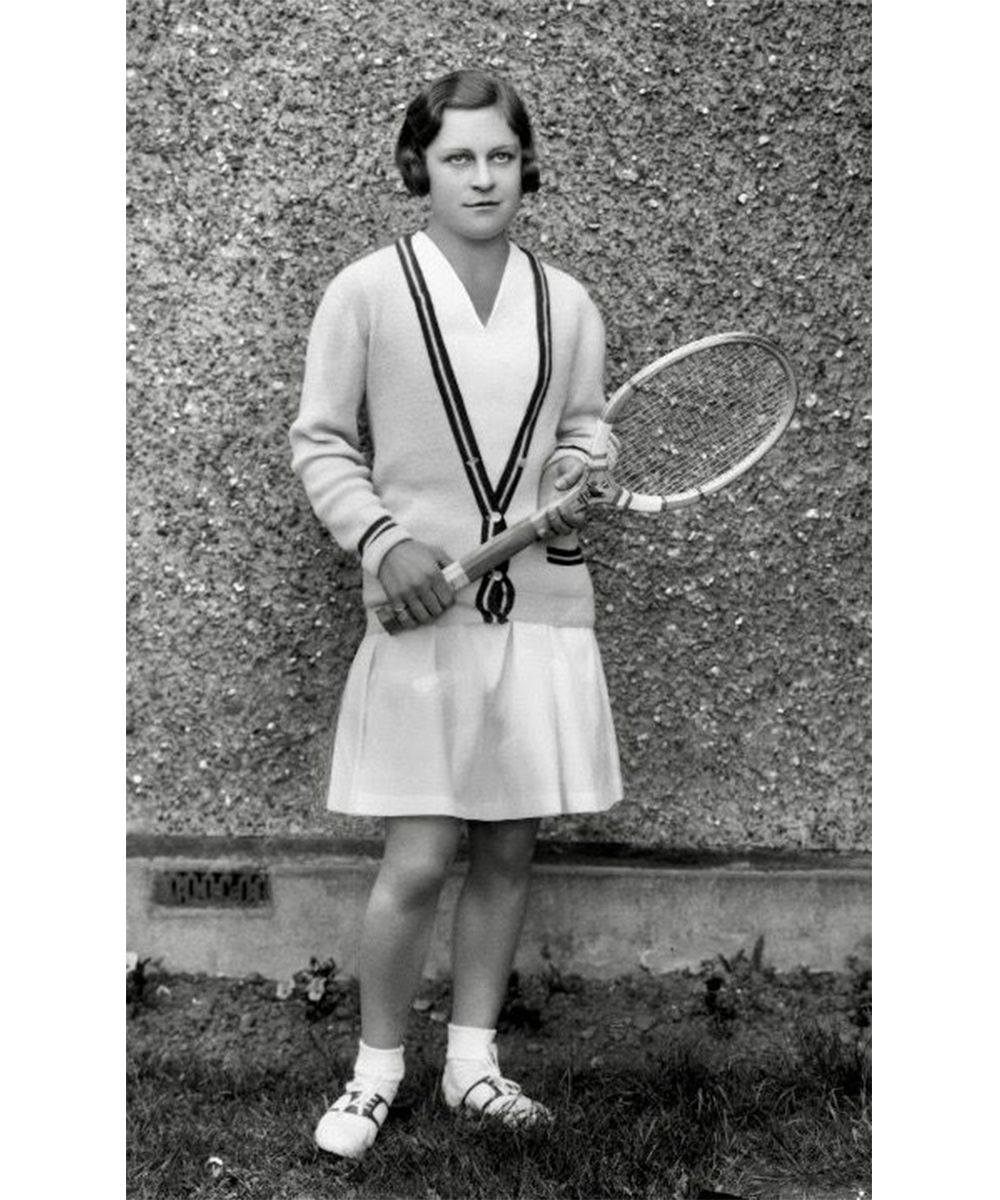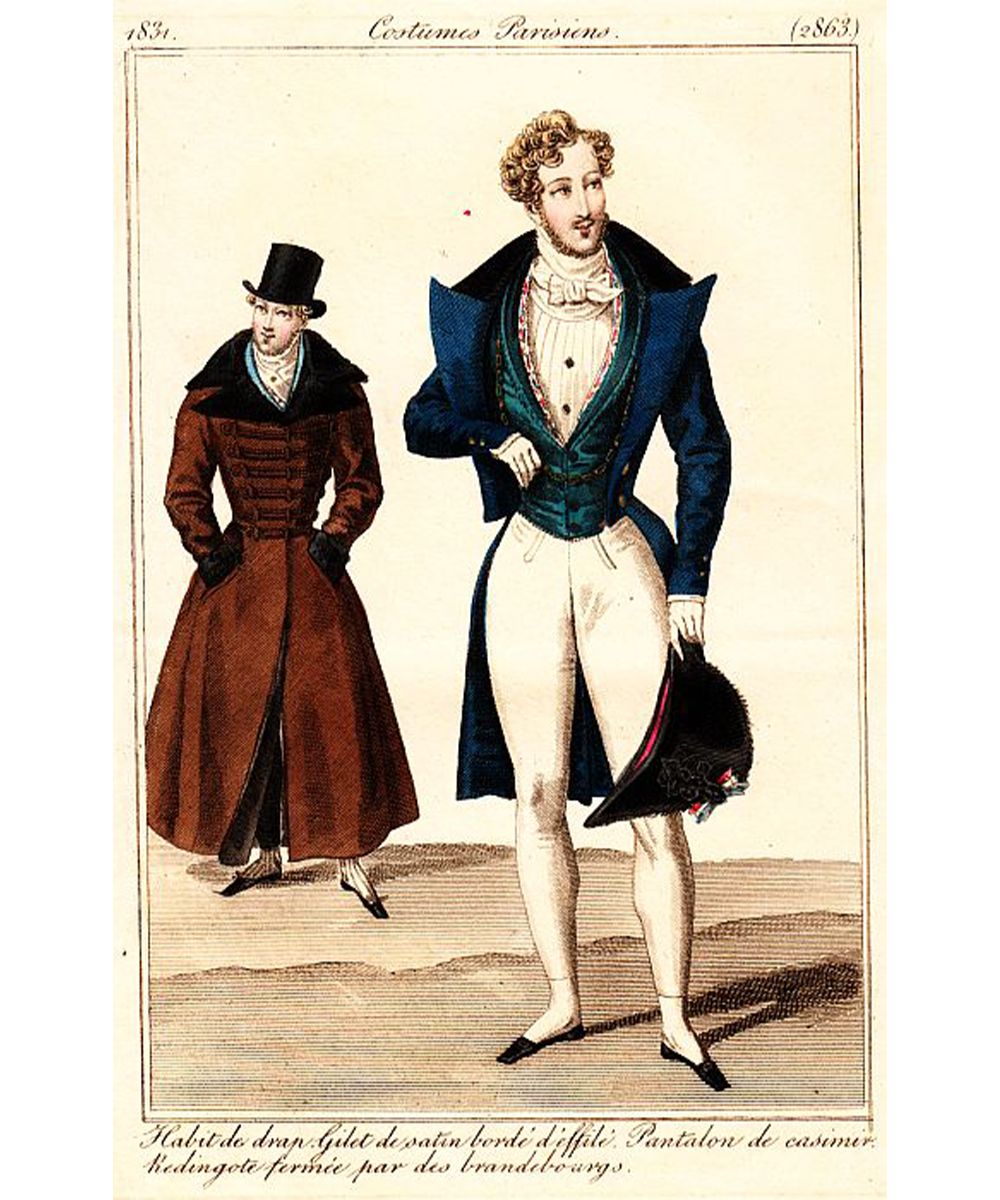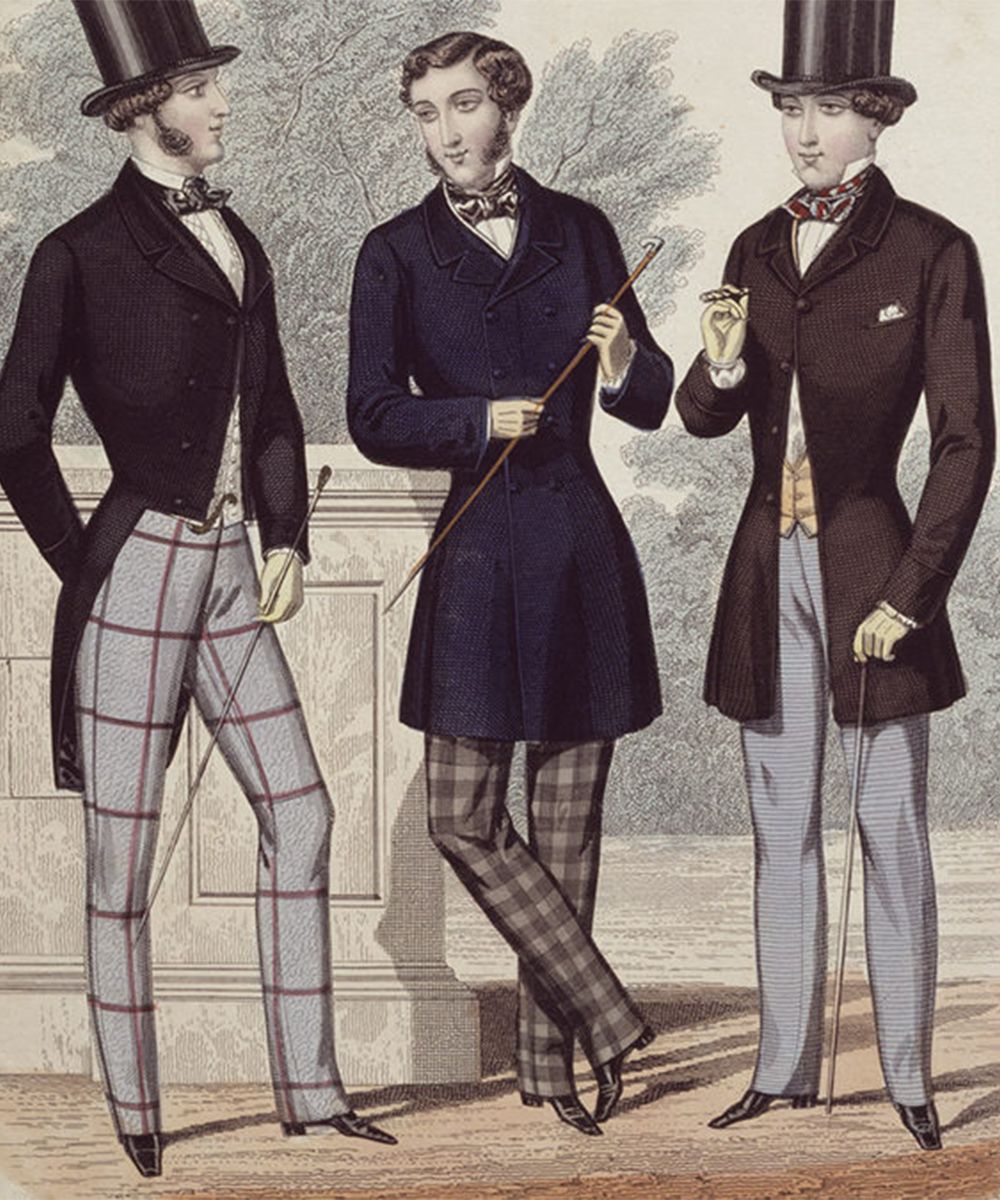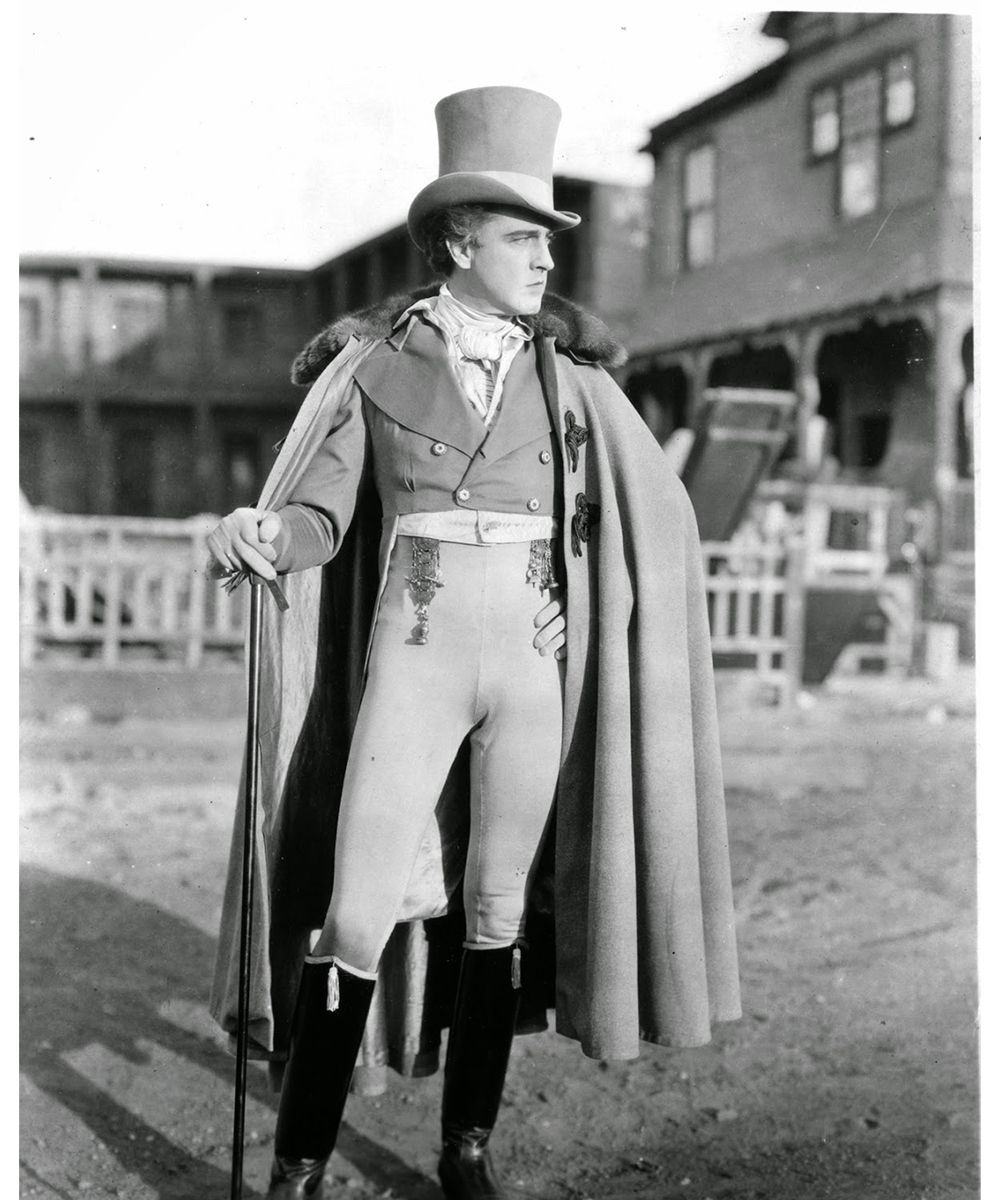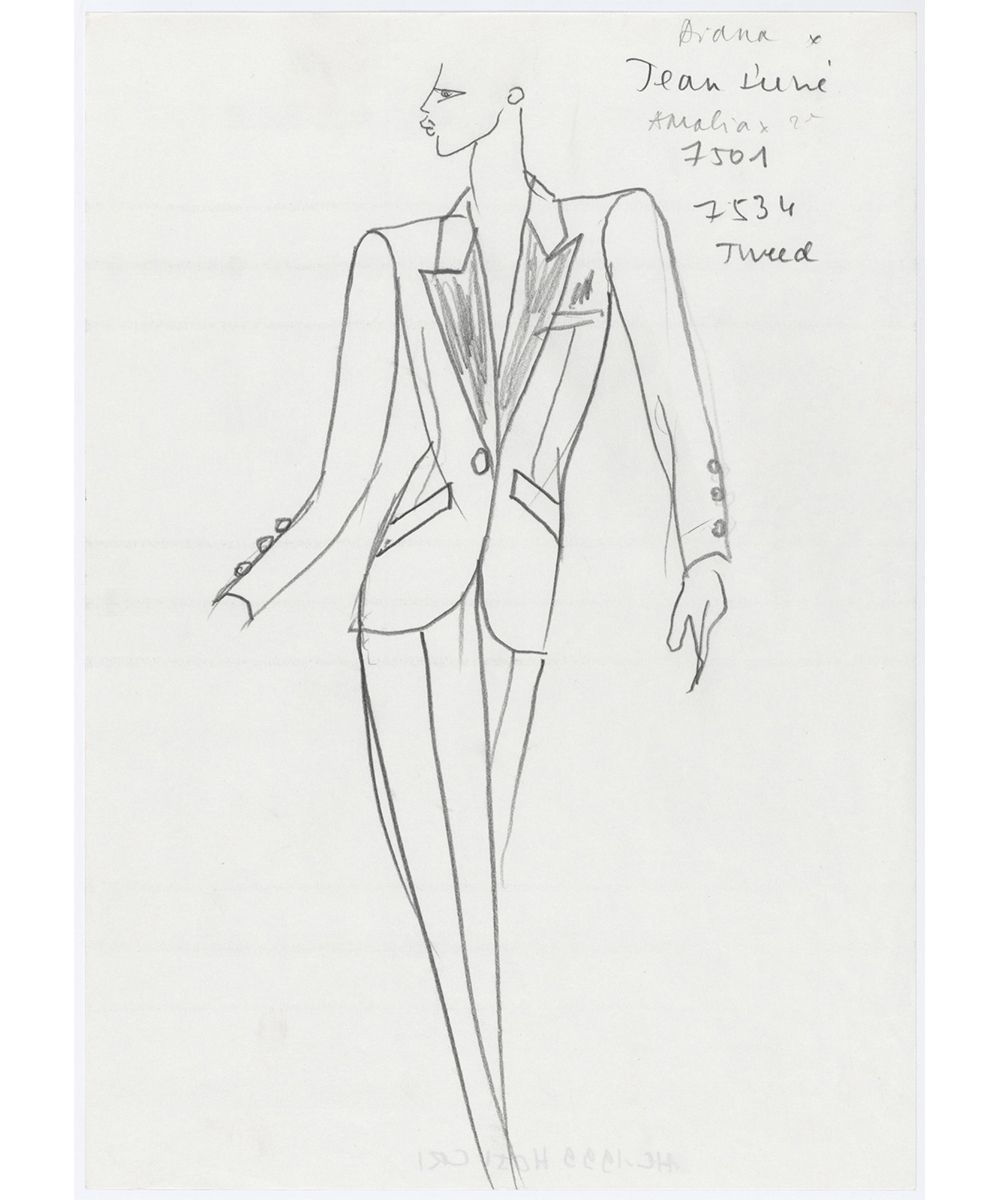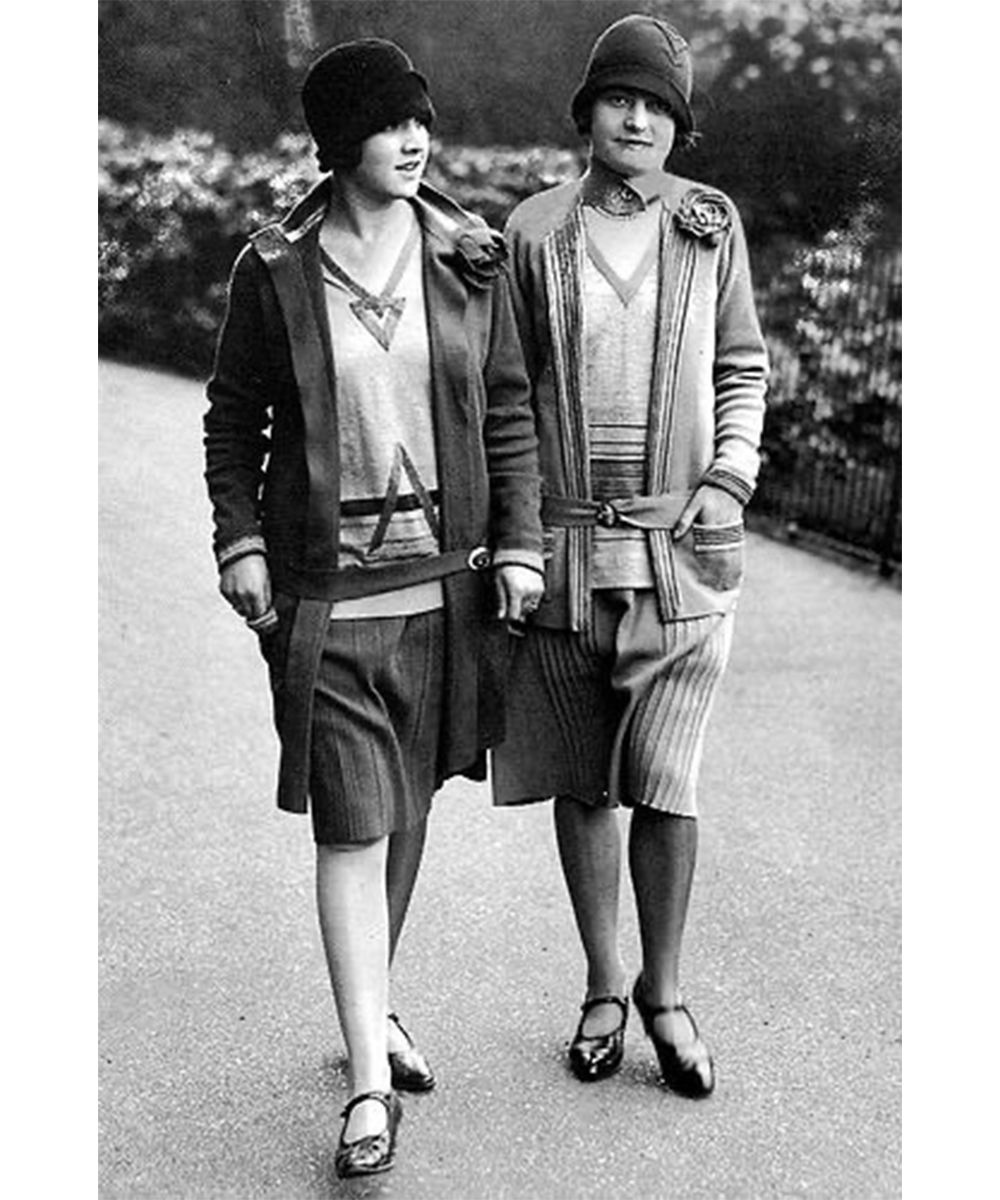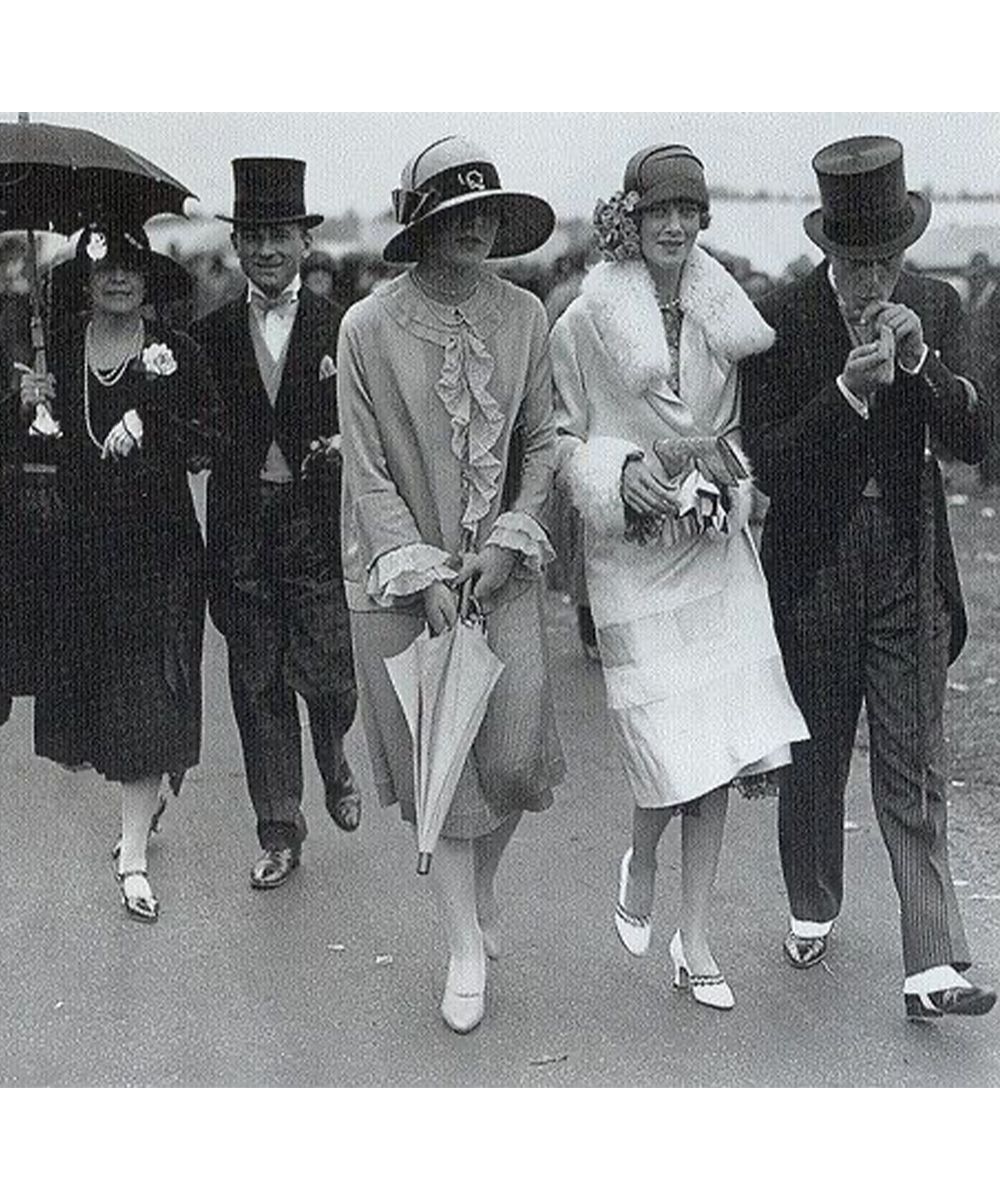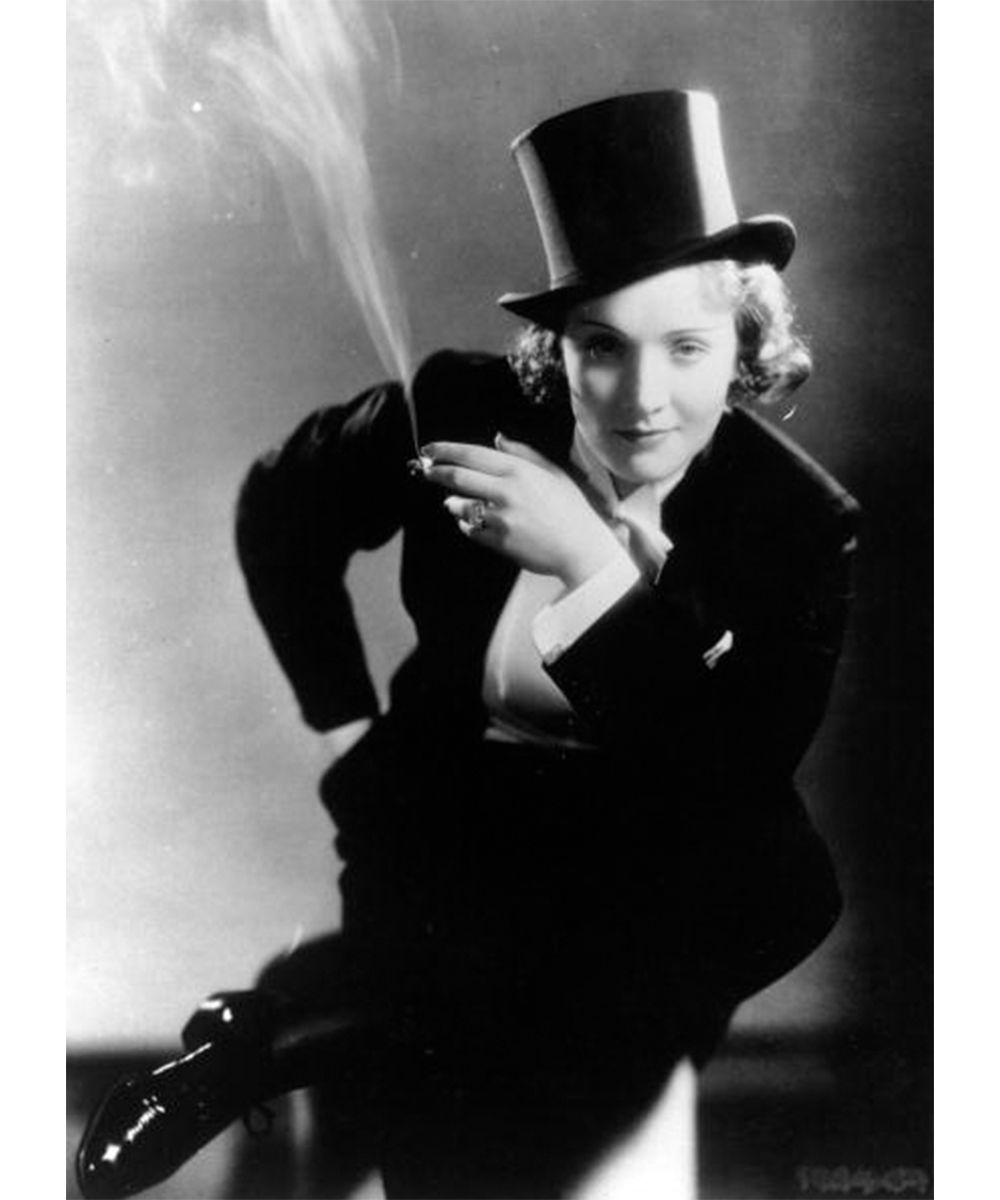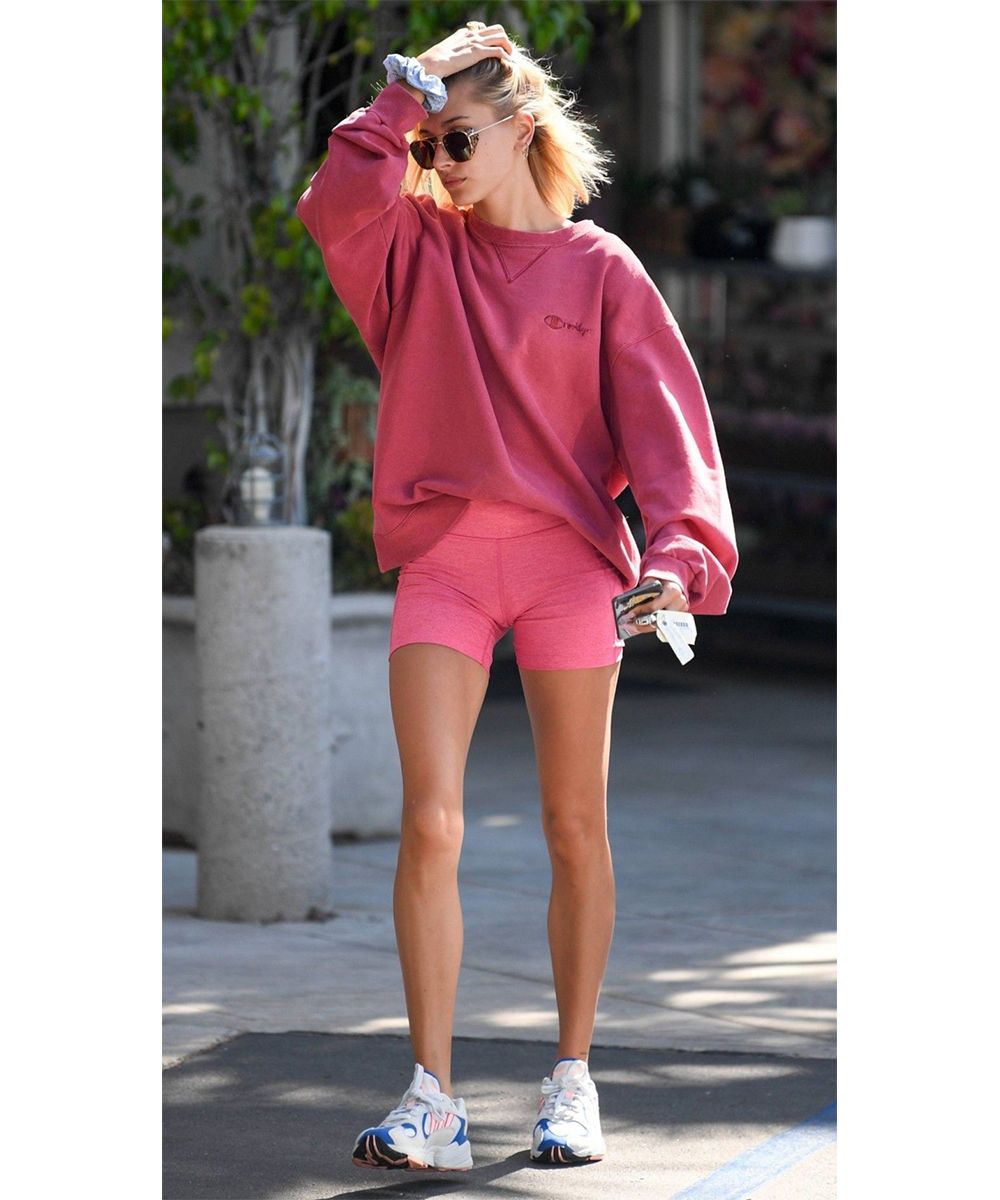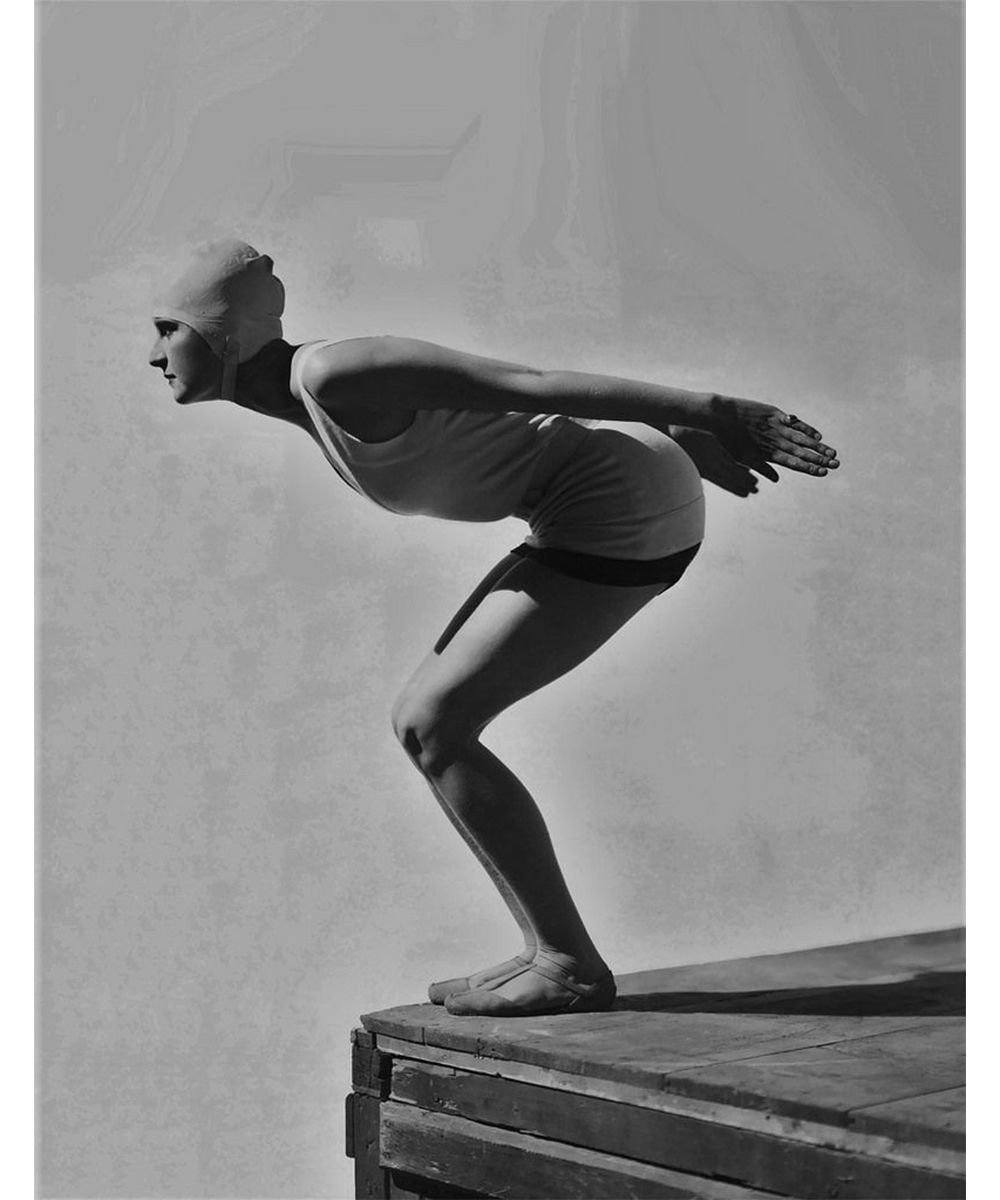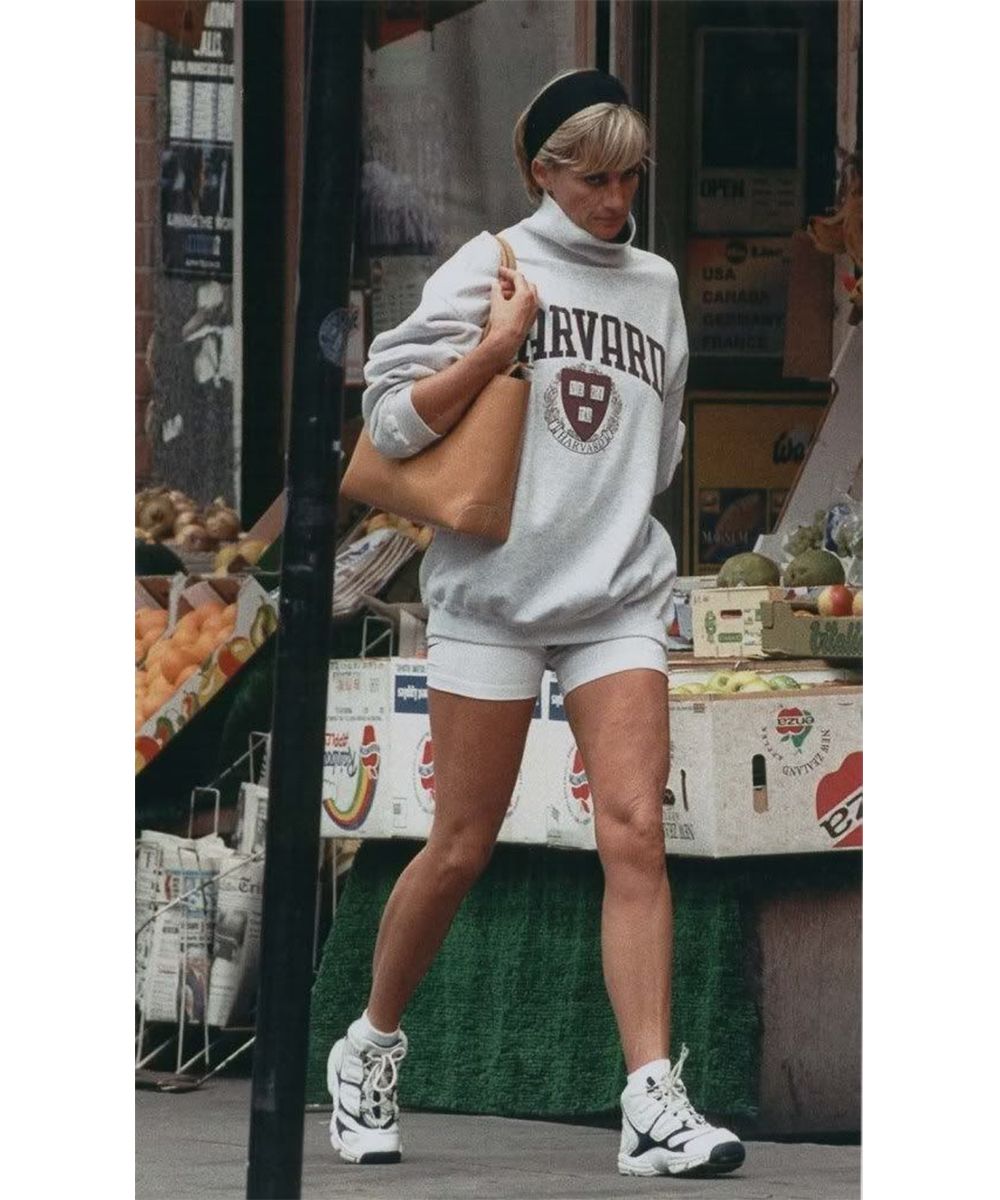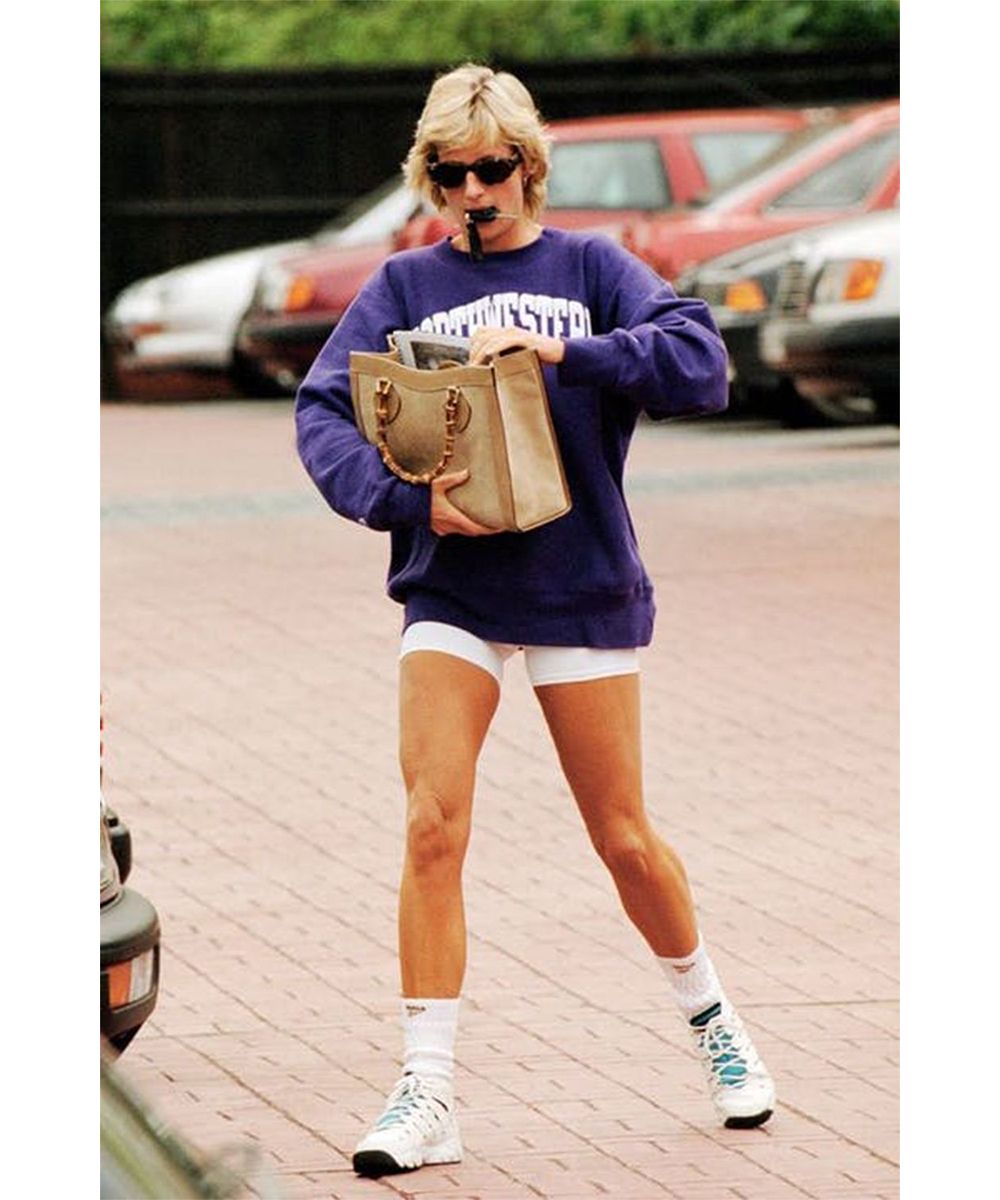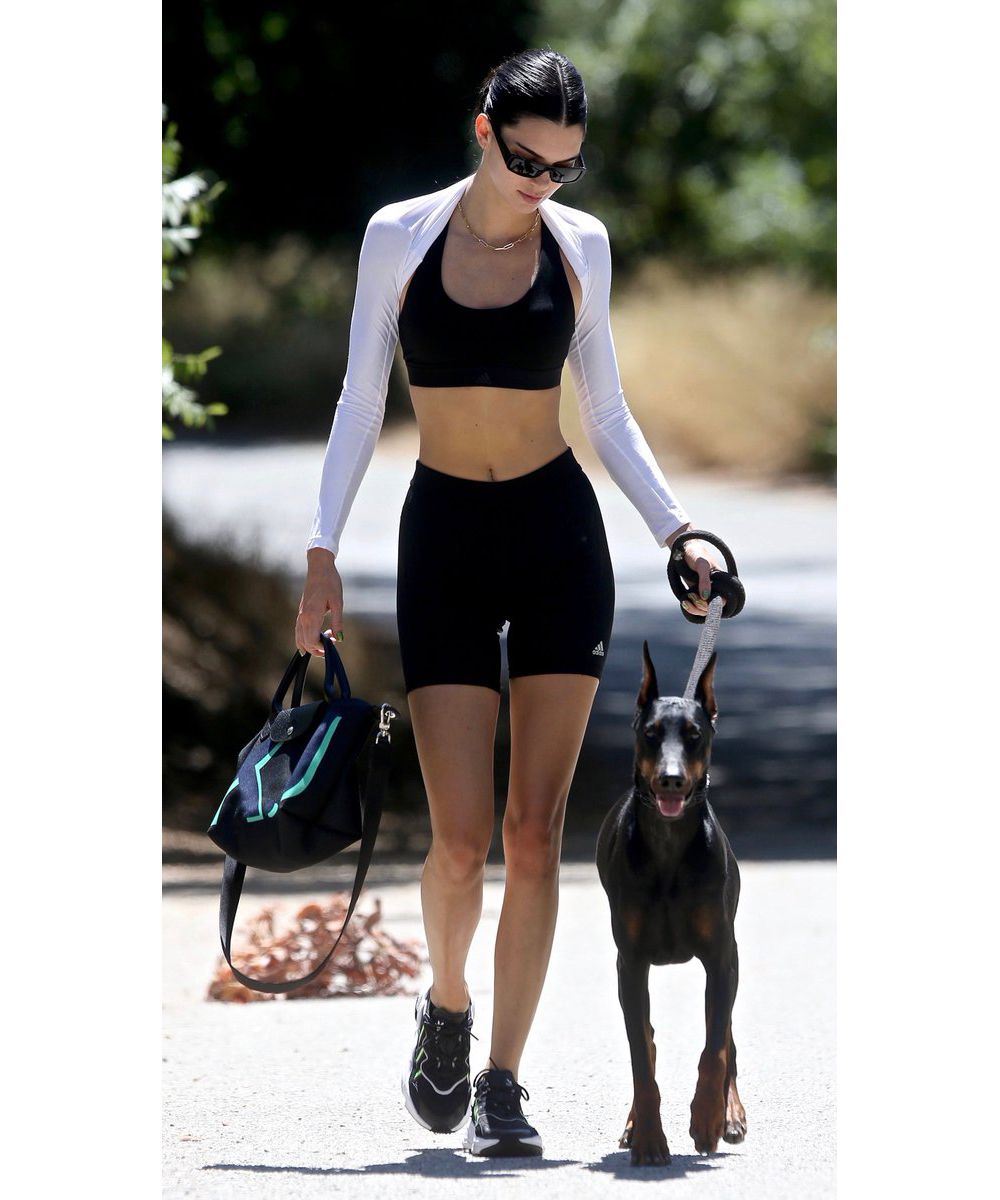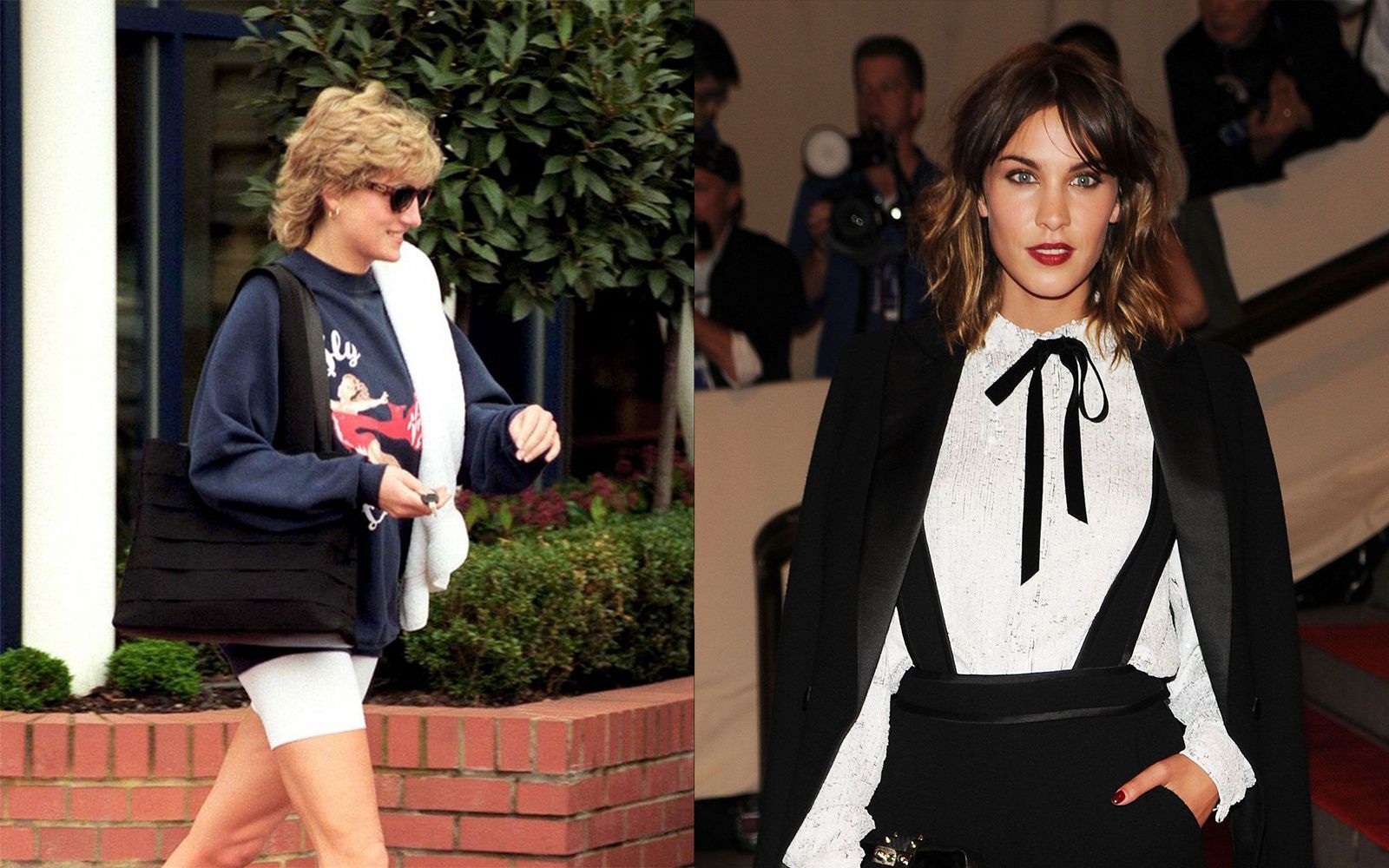
3 styles that shaped the history of fashion From the "a la garçonne" style to the dandy allure, passing through sportswear
Today style no longer corresponds to a legitimate representation of power or a social class, as it was for Elizabeth I or the aristocracy of the Ancien Régime, but is rather the reflection of an identity inclined to the taste that claims to affirm your unique and individual self.
It is interesting to think of how already in the 1950s fashion magazines began to invite women to discover their personal style and to use clothes to get to know themselves, offering them quizzes to explain how to dress according to a certain type of woman. Sophisticated, exotic, aristocratic or modern, each of them was explained their own style with the addition of advice to emphasize it, often referring to a diva or a character in a film.
Today fashion has become even more a global phenomenon that involves everyone, but in particular - as Franca Sozzani wrote on her Editor's Blog in 2010 - fashion is in a state of total anarchy. Never in any historical period, not even in the hippy movement, has there been so much freedom, so much offer of stylistic proposals that are very different from each other, and so many choices from a thousand price ranges.
Having your own style means having a strong aesthetic identity and being somehow recognizable. Following fashions, reworking them or rejecting them, is part of a process born centuries ago that continues to evolve and assert itself. Here are 3 styles - or fashions - that have shaped the way we dress and that made the history of costume.
À la garçonne
If in the nineteenth century the aesthetics of the bourgeois woman was a sort of artistic production, the twenties instead represented for fashion - and not only - a reaction and a consequence to the First World War. Most of the women found themselves having to work in factories, construction sites and fields, consequently the crinolines were replaced by clothing more suitable for work: the hems were shortened according to the seasons, the breasts began to be hidden and the shapes not to be exalted, the clothes are simplified and the figure lengthens. Beauty also underwent a noticeable change, hair for example shortened - Irene Castle and Gabrielle Chanel were the first women to cut it and express the look of the twentieth century - and Vogue started talking about a certain masculine and chic naturalness. Thus it was that the style à la garçonne took over the bon ton woman and new ideals of beauty were imposed, as well as new roles within society, destined to last over time and to become iconic. The desire for independence and the desire to have habits associated with men led the woman of the twentieth century to take accessories and clothes directly from the male wardrobe, from a simple cigarette case up to the sixties when Yves Saint Laurent introduced one of his most iconic pieces. : the tuxedo, originally reserved for men who wore it in smoking rooms to protect their suits from the smell of cigars. Today the gender discourse on fashion is certainly too broad to be discussed in a few lines, but already in 1984 Suzy Menkes wrote an article in the Times talking about men's undergarments adopted in women's clothing as the latest declaration of a sexual revolution in progress. for some time, opening the doors to genderless fashion and unisex collections.
How to make it contemporary?
First rule, cut your hair, but opt for a back hairstyle to make the look à la garçonne contemporary and even a little sexy. Second step, steal everything possible from your man's wardrobe without exaggerating with the overs that would risk making you look more clumsy than powerful. Too much Tomboy? No problem, add earrings and rings at will, the important thing is that they can be seen from afar!
Sportswear
After the industrial revolution, daily life began to be marked by a new time, that linked to industrial machines, with a strong demarcation between working time and free time. In these years, fashion became a tool for expressing one's individuality, but it was with the advent of the twentieth century that the idea of sport, especially linked to women, began to advance. In 1924 Patou opened a swimwear boutique in Deauville and a few years later Elsa Schiaparelli opened one dedicated to sportswear, fashion became democratic and less exclusive, jersey prices went up and Gabrielle Chanel adapted sportswear to the life of every day capitalizing - as Edmond Charles-Roux says - the feminization of men's fashion. Chanel created the “poor-look” and began to dress women with sweaters, jersey or cashmere dresses, giving the international jet set a new look that was immediately adapted in the 1930s to the American mass market. Agility and movement were the keywords of a modern spirit, but above all of a modern woman who found herself in the cafes of Paris dressed as if she were at the Yacht club or a golf competition, preferring a simple and easy style, emblem of a century that has revolutionized the way we live. Today sportswear, or the athleisure style - as we like to call it - is part of our everyday life more than elegant dresses and suits can be part of it. Maybe we no longer wear our sports uniforms with the same charm with which René Lacoste thought of him in the Thirties, but functionality and movement still remain the principle without which sportswear could not exist.
How to make it contemporary?
To follow: Hailey Bieber, who will teach you how to go get a vegetable juice with the same look you would wear to go to Pilates, but more fashion! So mini-biker pants, oversized hoodies and sneakers. Then add a vintage Gucci if you want to have the same ease as Lady D!
Dandy
With the advent of the industrial revolution and a capitalist-bourgeois society we are witnessing what Flügel called the "Great renunciation" of the male sex, which corresponds to man's withdrawal from the fashion scene. Men's clothing was no longer the sumptuous and eccentric typical of the aristocracy, but became more sober and rigorous, a symbol of two rising social classes: the bourgeoisie and the working class, the first dressed in wool, the second in moleskin. At the same time, men's fashion shifted towards the typical dress code of the English gentleman, rejecting the bourgeois mentality and showing a feeling of nostalgia for an aristocracy that had just begun to fall. In particular, George Brummel went down in history as the dandy who made that fashion a model of elegance. The dandy, often narcissistic and very attentive to the presentation of his own image, posed with a predilection for individualism rather than for the masses. Some historians speak of dandyism as "anti-fashion" and "oppositional style", on the one hand something timeless and elegant, on the other a style that aims to express dissent towards an idea supported by a majority. In both cases, the style of the dandy still represented a timeless style, reinterpreted for women's clothing by Gabrielle Chanel with the use of cashmere, tweed, and shapes typical of the male wardrobe.
How to make it contemporary?
Essential: pay close attention to aesthetics and lifestyle to then have elegance as the only goal, and the rejection of bad taste. To remove a bit of boredom, however, I would recommend leaving something imperfect in the look, as Montesquieu also suggested! A simple and natural elegance is better than an overly constructed attitude, valid for both women and men.




















































